It would be an understatement to say that it’s been a bumpy ride for the largest model of Samsung’s Galaxy S20 series, the Galaxy S20 Ultra. For a $1,400 smartphone (or around $1300 if you buy the LTE variant), the Galaxy S20 Ultra suffered from some camera autofocus issues out of the box. Samsung has done a good job of improving autofocus performance with updates (to the extent that is possible), but the company also managed to break some existing – and excellent – features.
The most notable of those was the green tint issue that affected the display when it was set to 120Hz refresh rate, and Samsung also ended up slowing down the initially impressive super fast charging speed on the device. The former has been fixed in a recent update, but the latter hasn’t, and it probably won’t ever be fixed. I say that because after the update that reduced the charging speed, Samsung has pushed out two more updates for the Galaxy S20 lineup, and neither of those have done anything about the slower charging, suggesting that it was a deliberate change.
It’s been almost two months since the Galaxy S20 lineup went on sale worldwide, and I have been using it for a month and a half at this point. Now that Samsung has had enough time to iron out all the kinks, here are three things I like about the Galaxy S20 Ultra and three things I don’t.
Three things I like about the Galaxy S20 Ultra
1. The display is phenomenal
Samsung’s flagship phone displays have been the industry standard for some time now, and the company knocked it further out of the park by finally introducing high refresh rate panels with the Galaxy S20 series. The Galaxy S20 Ultra has a 6.9-inch display, the biggest yet on a Galaxy flagship, and it’s simply phenomenal. The size of the display makes it great for browsing, gaming, and watching videos, and the 120Hz refresh rate makes navigating through the user interface and scrolling inside apps smoother than what was possible on previous Galaxy flagships with their 60Hz displays.
I don’t mind having to use the display at Full HD+ resolution for the high refresh rate, though I can see why the limitation is criticized: You don’t want Samsung to not let you use the display to its full potential when you’re paying upwards of $1000. Unfortunately, Samsung hasn’t yet introduced the ability to use both the maximum screen resolution and 120Hz refresh rate. And it seems like a hardware limitation that could cause considerably higher power draw at QHD resolution and 120Hz refresh rate means Samsung won’t budge on its initial decision, despite rumors to the contrary.
2. Battery life is great, even with 120Hz mode enabled
The 5,000 mAh battery on the Galaxy S20 Ultra gives it the highest endurance of all three Galaxy S20 models, and the high capacity battery makes the Galaxy S20 Ultra the best choice especially for those who wish to use the high refresh rate at all times. With 120Hz mode enabled, battery life takes a substantial hit, and only the Galaxy S20 Ultra is equipped with a big enough power cell that can get you through the day even with the high refresh rate active. And I love that – I have never gone back to 60Hz in these few weeks of using the S20 Ultra, and I don’t plan on doing so in the future.
3. The zoom camera is very useful
Samsung touts 100x zoom capability on the Galaxy S20 Ultra, but as we detailed in our review, the usable zoom level is considerably lower. But it’s still much higher than what we’ve been used to with previous Galaxy flagships. You get excellent photos at 5x zoom and pretty good photos at 10x, and 30x photos can also be quite usable even if they are far from sharp. The optical zoom only goes up to 4x, but the camera is able to produce quality images even past 4x zoom thanks to the high megapixel count (48 megapixels) of the sensor.
Three things I don’t like about the Galaxy S20 Ultra
1. Switching between main camera and zoom camera is slow
The autofocus on the Galaxy S20 Ultra’s main camera isn’t as fast as reliable as the main camera on the Galaxy S20 and S20+ or any of the other flagships Samsung has launched since the Galaxy S7. That’s not a good thing, but what frustrates me more is how slow the phone can be at switching between the main and zoom cameras. Whenever you hit the zoom button in the viewfinder, you initially get a soft, digitally zoomed output from the main camera. It takes up to 3 seconds for the phone to switch to an output from the zoom camera, making you wait before you can take a picture.
The video below shows you what I mean (notice how the image suddenly gets sharper at around the 3-second mark as the zoom camera kicks in). This slow switching between the two camera lenses is even worse when you’re taking photos indoors and in tough lighting conditions. It’s not something you expect given all the power under the hood in flagship phones these days and can often mean you miss out on capturing an important moment.
2. It heats up easily
The Galaxy S20 Ultra keeps its cool when I’m doing not-so-demanding things like using the browser, using social media apps like Facebook and WhatsApp, and watching YouTube videos. Take a few pictures with the camera or play a game, and the phone’s temperature climbs rapidly in just a few minutes. And when the temperature crosses a certain threshold, the refresh rate drops back to 60Hz, and you can’t do anything about it until the phone cools down, which can also take a frustratingly long time to happen.
3. Please, Samsung, do something about this horrible fingerprint sensor
The made-by-Qualcomm ultrasonic in-display fingerprint sensor Samsung has been using for flagships since last year needs to go. I don’t think it’s horrible in a vacuum, but compared to the physical fingerprint sensors of old and the faster optical in-display sensors on Samsung’s mid-range phones and on competing flagships (just look at how fast the OnePlus 8’s fingerprint sensor is), the ultrasonic tech is plain unworthy of being on a top-of-the-line smartphone.
The fingerprint reader is not reliably accurate all of the time and it’s not ultra-quick (no pun intended), two disadvantages that I just don’t want to see on a fingerprint sensor here in 2020. No one else is using the ultrasonic fingerprint sensor from Qualcomm, so why can’t Samsung switch to those optical sensors like the rest of the industry instead of forcing an inferior solution on us?
P.S.: I know the same fingerprint sensor is used on the Galaxy S20 and S20+, but when you pay nearly $1400 for a phone, the not-so-awesome fingerprint recognition is even worse to have.
Are you using a Galaxy S20 Ultra? What do you like about the phone? What don’t you like about the phone? Let me know down in the comments!
The post 3 things I like about the Galaxy S20 Ultra, and 3 I don’t appeared first on SamMobile.
from SamMobile https://ift.tt/2YMkySP
via IFTTT


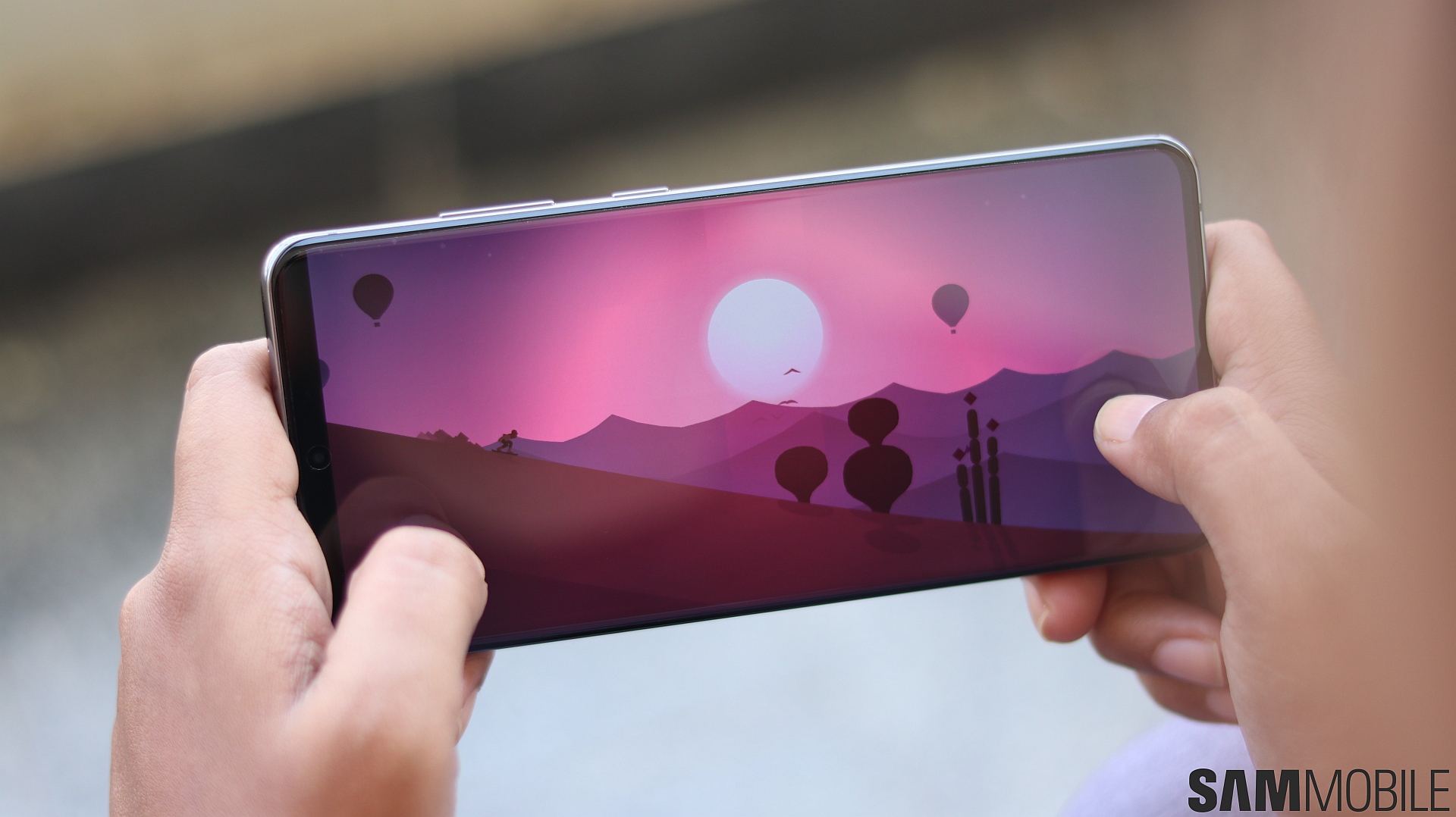
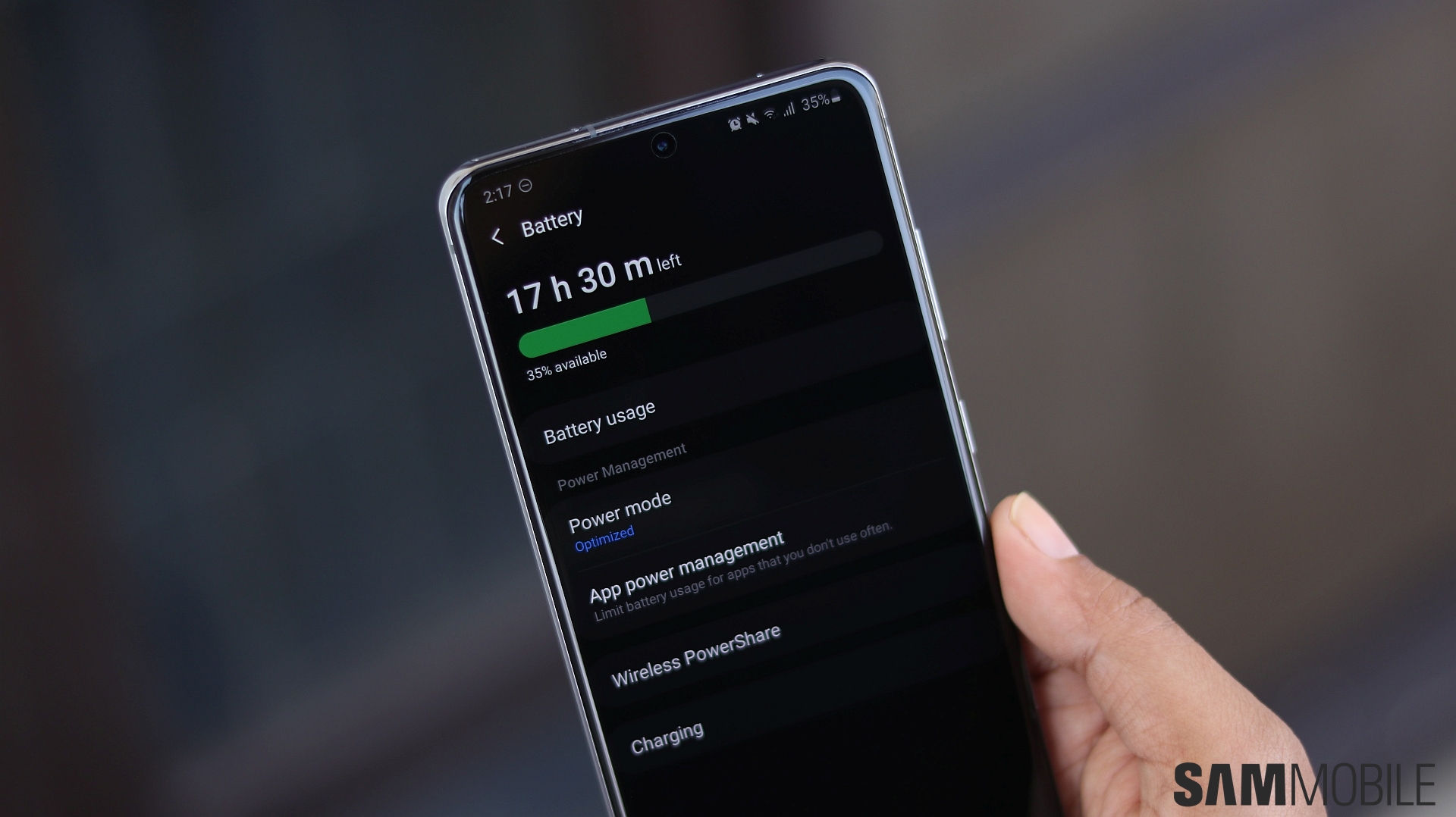
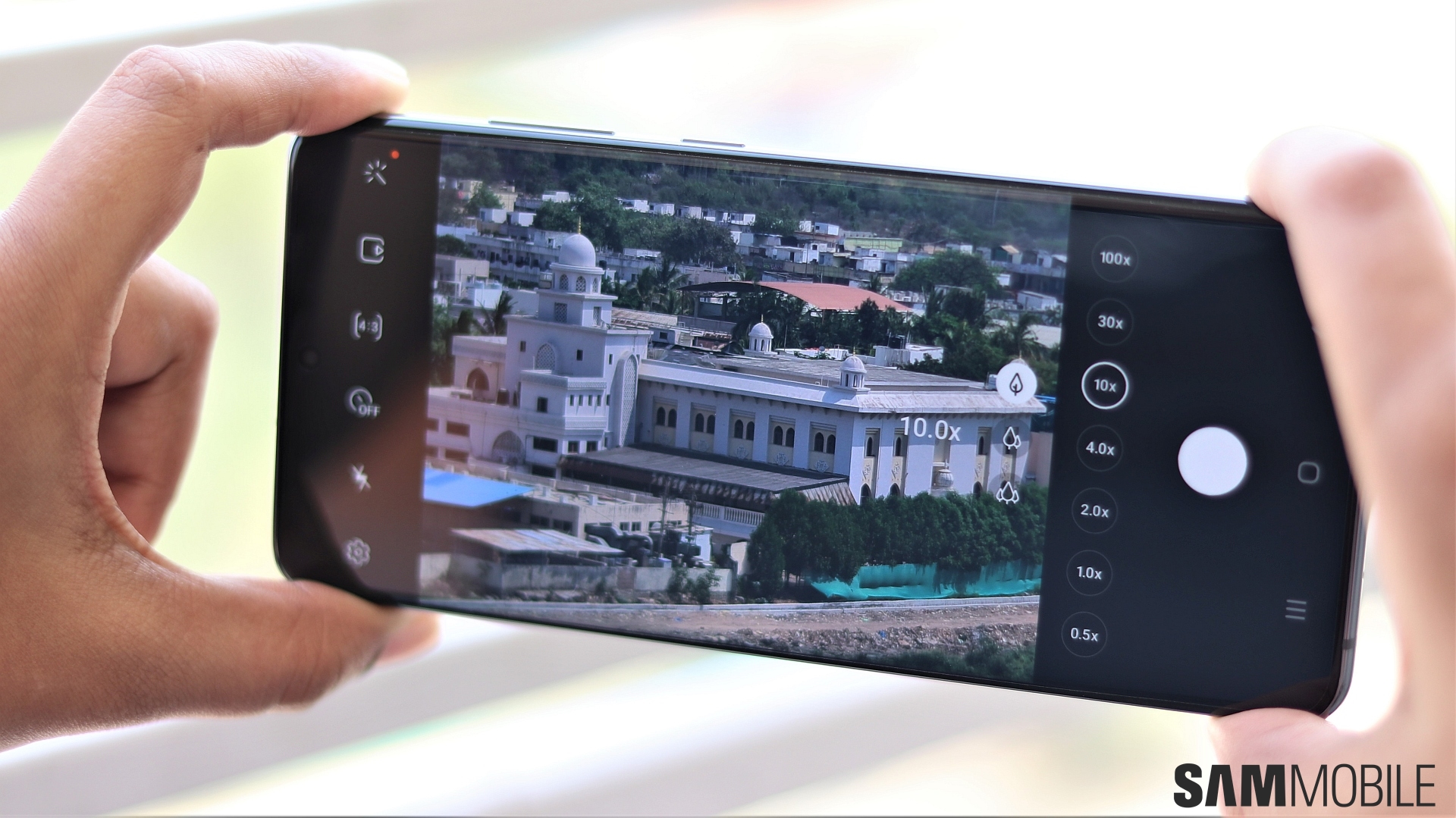
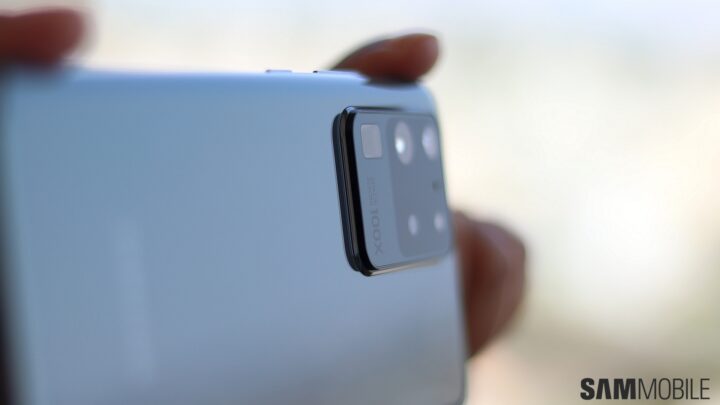
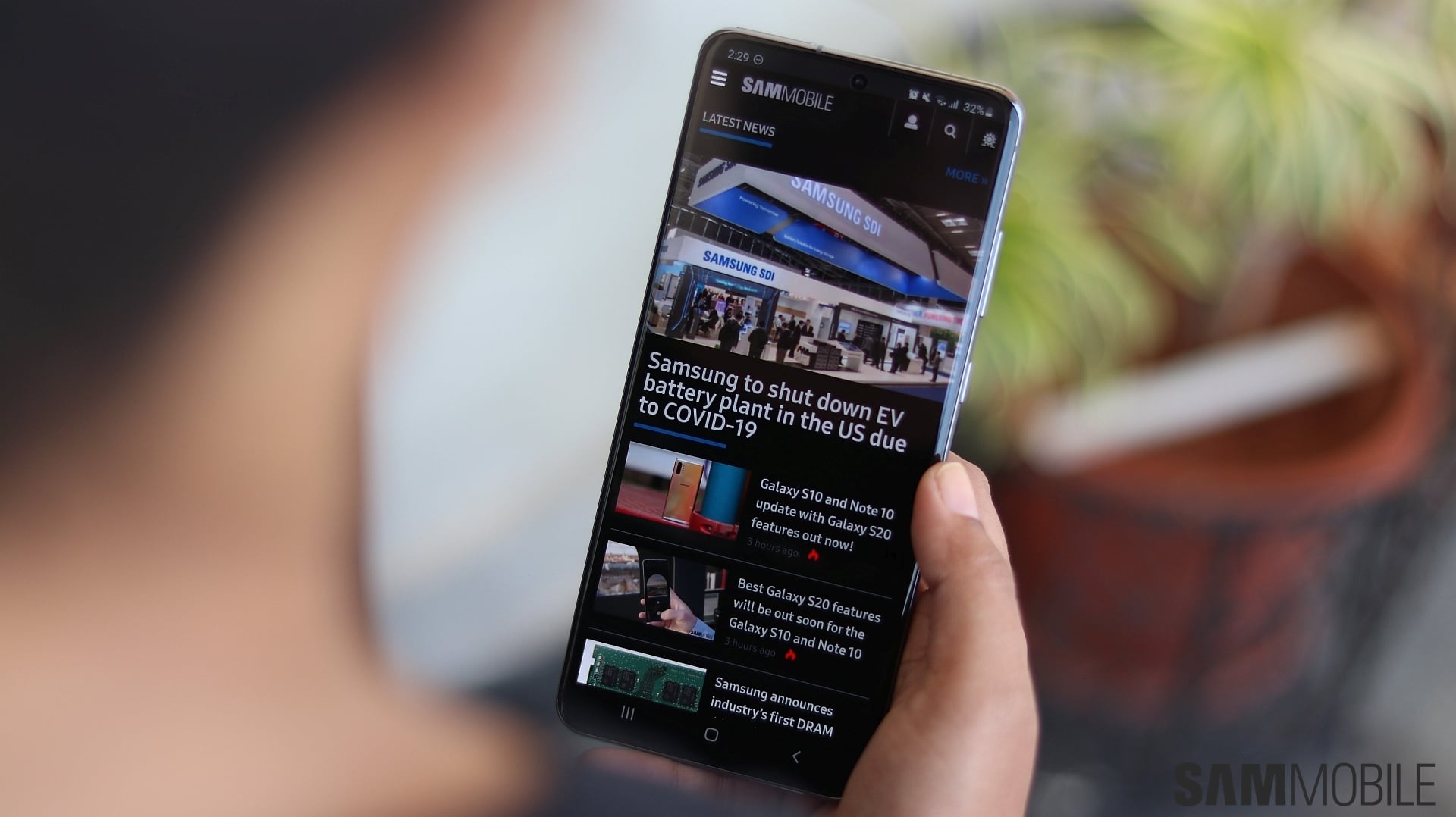
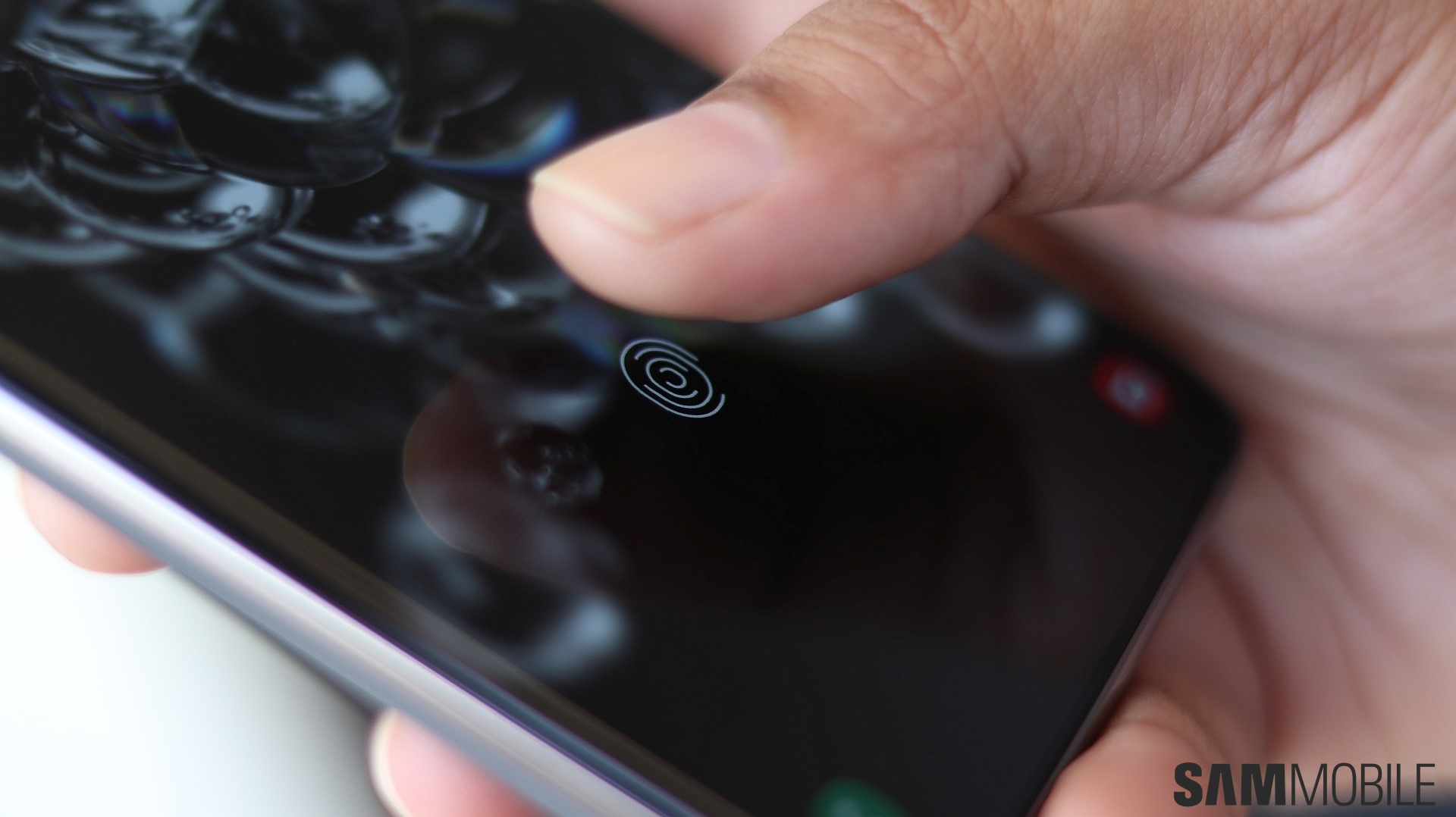




ليست هناك تعليقات:
إرسال تعليق